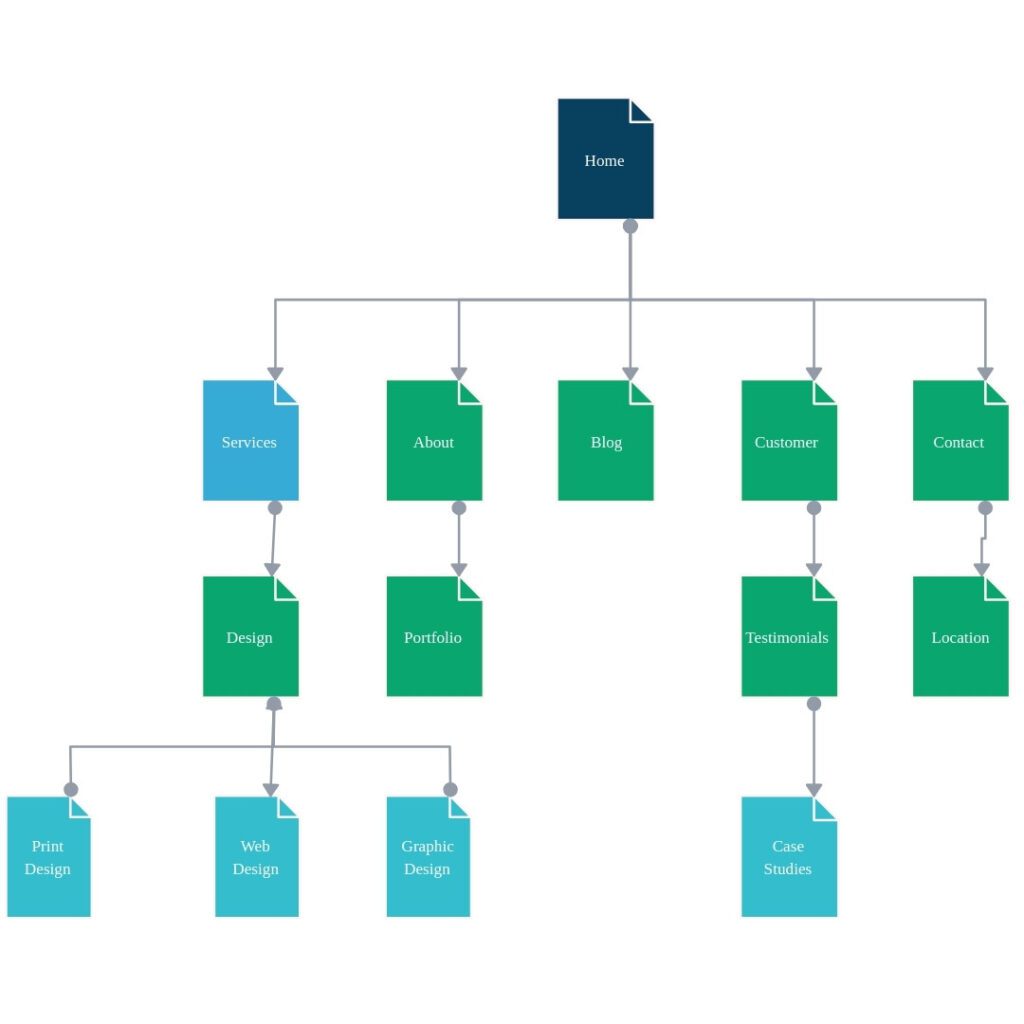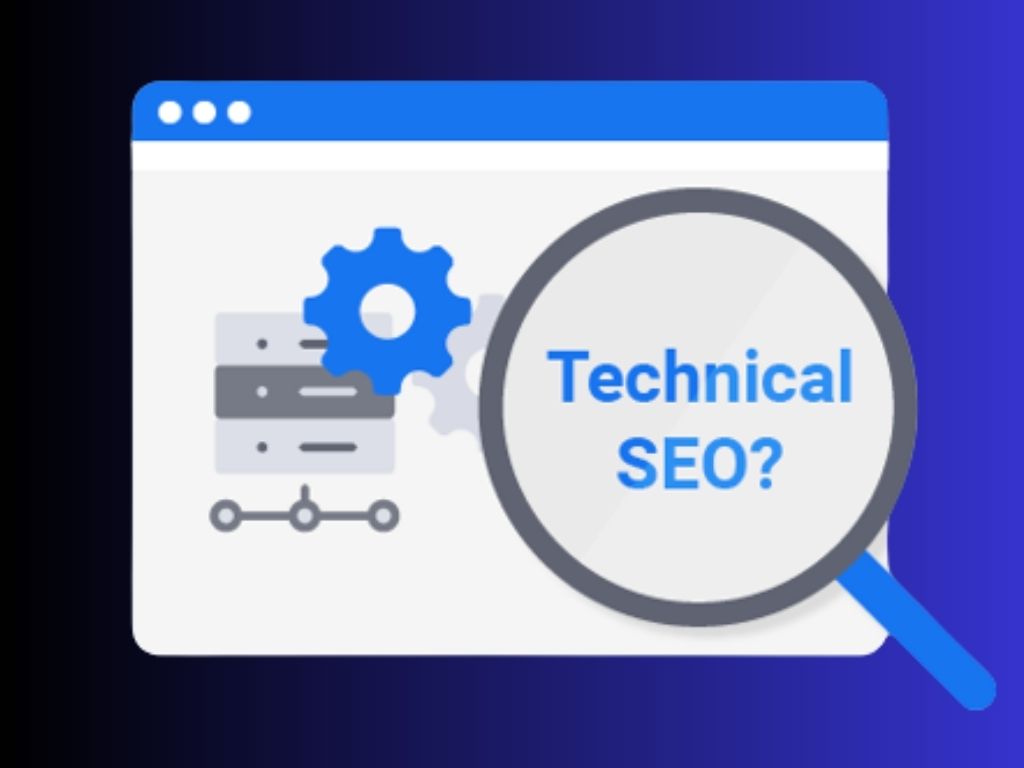Introduction
In today’s digital landscape, having a visually appealing website isn’t enough. To truly stand out and rank higher on Google, understanding why technical SEO is important is crucial. Technical SEO ensures that your website is not only accessible to search engines but also provides a seamless experience for users.
What Is Technical SEO?
Technical SEO refers to the optimization of your website’s infrastructure to facilitate easy crawling and indexing by search engines. It encompasses elements like site speed, mobile-friendliness, secure connections (HTTPS), structured data, and more.
Why Is Technical SEO Important?
Understanding the importance of technical SEO can significantly impact your website’s performance:
- Enhanced Crawlability and Indexing: Ensures search engines can efficiently access and index your site content.
- Improved User Experience: Optimizes site speed and mobile responsiveness, leading to better user engagement.
- Increased Organic Traffic: A technically sound website is more likely to rank higher, attracting more visitors.
- Secure Browsing: Implementing HTTPS protects user data and builds trust.
- Structured Data Implementation: Helps search engines understand your content, enhancing visibility through rich snippets.
Key Components of Technical SEO
1. Website Speed Optimization
Think about the last time a website took more than a few seconds to load—did you wait or bounce? If you’re like most users, you probably left. That’s why site speed is one of the most crucial factors for both user experience and SEO.
Why It Matters:
- Google has confirmed that page speed is a ranking factor for both desktop and mobile.
- Fast websites reduce bounce rates and increase time-on-site.
- Slow-loading pages hurt conversions, especially on e-commerce sites.
How to Optimize:
- Compress images without losing quality using tools like TinyPNG or WebP format.
- Enable browser caching so returning visitors don’t reload resources.
- Minify CSS, JavaScript, and HTML to reduce file sizes.
- Use CDNs (Content Delivery Networks) to deliver content faster across geographies.
2. Mobile-Friendliness
More than 60% of web traffic comes from mobile devices. If your website isn’t optimized for mobile, you’re likely missing out on traffic and rankings.
Why It Matters:
- Google uses mobile-first indexing, meaning it primarily looks at your site’s mobile version to determine rankings.
- A poor mobile experience leads to frustrated users and lower engagement.
How to Optimize:
- Use responsive design that adjusts to all screen sizes.
- Avoid intrusive pop-ups that block content.
- Make sure buttons and links are touch-friendly.
- Use tools like Google’s Mobile-Friendly Test to find issues.
3. Secure Sockets Layer (SSL)
When visitors see that little padlock in the address bar, they know your site is safe. That’s thanks to SSL, which encrypts data between the browser and your server.
Why It Matters:
- HTTPS is a confirmed Google ranking factor.
- SSL builds trust with your visitors, especially for e-commerce or contact forms.
- Browsers like Chrome now flag non-HTTPS sites as “Not Secure,” which can deter users.
How to Implement:
- Purchase an SSL certificate or get a free one from Let’s Encrypt.
- Install it on your server and configure redirection from HTTP to HTTPS.
- Update all internal links and canonical tags to reflect the HTTPS version.
4. Structured Data Markup
Structured data is like giving search engines a “cheat sheet” to understand your content better. It’s implemented using schema.org vocabulary to highlight things like reviews, FAQs, products, and more.
Why It Matters:
- Increases chances of rich snippets, like star ratings, pricing, and event details.
- Improves click-through rates (CTR) by making your search result stand out.
- Helps with voice search, as structured content is easier to pull into featured answers.
How to Implement:
- Use Schema.org markup for FAQs, articles, products, breadcrumbs, and more.
- Validate your markup using Google’s Rich Results Test.
- Tools like RankMath or Yoast (for WordPress) simplify implementation.
5. XML Sitemaps
An XML sitemap is like a roadmap of your website for search engines. It lists all your important pages so crawlers can discover and index them faster.
Why It Matters:
- Helps search engines index your pages more efficiently.
- Especially useful for large websites or those with dynamic content.
- Makes it easier to track which pages are being crawled and indexed via Search Console.
How to Optimize:
- Automatically generate an XML sitemap using plugins or tools.
- Submit it to Google Search Console and Bing Webmaster Tools.
- Keep it updated and exclude pages you don’t want indexed (like thank-you pages).
6. Robots.txt Optimization
Your robots.txt file tells search engines which parts of your site they can or cannot access.
Why It Matters:
- Prevents indexing of duplicate or irrelevant pages (like admin panels).
- Helps manage crawl budget by guiding bots to important content.
- Incorrect setup can block your entire site from search engines!
How to Optimize:
- Allow access to critical pages like blog posts or product pages.
- Disallow private or sensitive areas (e.g.,
/wp-admin/). - Test your robots.txt using Google’s robots.txt tester.
7. Crawlability and Indexing
Before your site can appear in Google search results, search engine bots (also called “crawlers” or “spiders”) need to discover your pages and index them. If they can’t access or understand your pages properly, you won’t rank—no matter how amazing your content is.

Common Crawlability Issues:
| Issue | Impact on SEO |
|---|---|
| Broken internal links | Block bots from reaching content |
| Orphan pages | Pages with no internal links might go unnoticed |
| Blocked by robots.txt | Search engines can’t access restricted URLs |
| Noindex tags | Tells bots not to index certain pages |
| Crawl budget waste | Bots spend time on unimportant or duplicate pages |
How to Improve Crawlability:
- Submit Your Sitemap: Add your XML sitemap to Google Search Console.
- Fix Broken Links: Use tools like Screaming Frog or Ahrefs to detect and resolve 404 errors.
- Optimize Internal Linking: Link to important pages from within your content.
- Use Canonical Tags Wisely: Prevent duplicate content issues.
- Avoid JavaScript-heavy navigation: Bots struggle with JS-only links.
- Use Pagination Correctly: For blog archives and category pages.
Technical SEO Best Practices
| Practice | Description |
|---|---|
| Optimize Site Speed | Compress images, leverage caching, and minimize code. |
| Ensure Mobile Responsiveness | Use responsive design frameworks. |
| Implement SSL | Secure your website with HTTPS. |
| Use Structured Data | Add schema markup to highlight content. |
| Create XML Sitemaps | Help search engines navigate your site structure. |
| Optimize Robots.txt | Guide search engine crawlers effectively. |
Tools for Technical SEO
Here’s a quick comparison of popular tools:
| Tool | Purpose | Free/Paid |
|---|---|---|
| Google Search Console | Crawlability & indexing checks | Free |
| Screaming Frog | Technical SEO audits | Free/Paid |
| SEMrush | Comprehensive SEO analysis | Paid |
| Ahrefs | Backlink and technical audits | Paid |
Conclusion
Technical SEO isn’t just a buzzword—it’s the foundation of a successful website. By optimizing crawlability, speed, mobile-friendliness, and security, you set your site up for long-term success. Start implementing these tips today to stay ahead in 2025.
Don’t miss our guide on best Chrome extensions for SEO.

